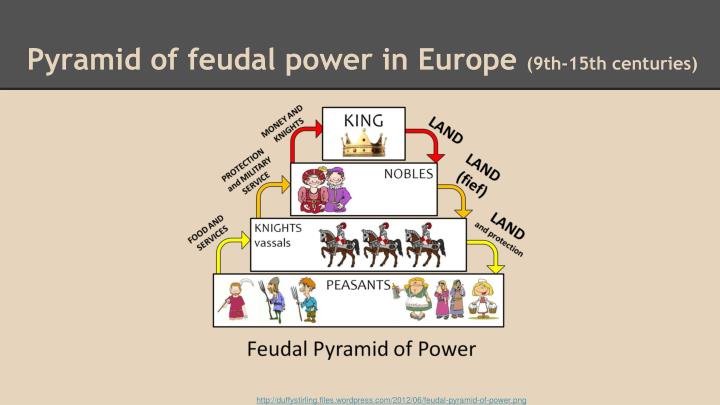

Arms and Armor-Common Misconceptions and Frequently Asked Questions.The Function of Armor in Medieval and Renaissance Europe.“ Life of Jesus of Nazareth.” (originally published June 2008, last revised September 2008) “ Arms and Armor in Medieval Europe.” (October 2001) “ The Papacy during the Renaissance.” (August 2007) (October 2001) Further Readingīennett, Judith M., and C. New York: The Metropolitan Museum of Art, 2000–.

“Feudalism and Knights in Medieval Europe.” In Heilbrunn Timeline of Art History. The magnificence of their war games-called tournaments-also increased, as did the number of new knightly orders, such as the Order of the Garter. Yet despite the knights’ gradual loss of military importance, the system by which noble families were identified, called heraldry, continued to flourish and became more complex. During and after the fourteenth century, weapons that were particularly effective against horsemen appeared on the battlefield, such as the longbow, pike, halberd, and cannon. The twelfth-century Byzantine princess Anna Komnena wrote that the impact of a group of charging French knights “might rupture the walls of Babylon.” At first, most knights were of humble origins, some of them not even possessing land, but by the later twelfth century knights were considered members of the nobility and followed a system of courteous knightly behavior called chivalry (from cheval, the French word for horse). Mounted armored warriors, or knights (from the Old English cniht, boy or servant), were the dominant forces of medieval armies. Lands could be held unconditionally, landless knights could be sheltered in noble households, and loyalties could be maintained through kinship, friendship, or wages.

But this was not the only way that land was held, knights maintained, and loyalty to a lord retained. This feudal system (from the medieval Latin feodum or feudum, fee or fief) enabled a cash-poor but land-rich lord to support a military force. By the ninth century, many knights and nobles held estates (fiefs) granted by greater lords in return for military and other service. This unrest ultimately spurred greater unity in England and Germany, but in northern France centralized authority broke down and the region split into smaller and smaller political units. From the ninth to the early eleventh centuries, invasions of the Magyars from the east, Muslims from the south, and Vikings from the north struck western Europe.


 0 kommentar(er)
0 kommentar(er)
